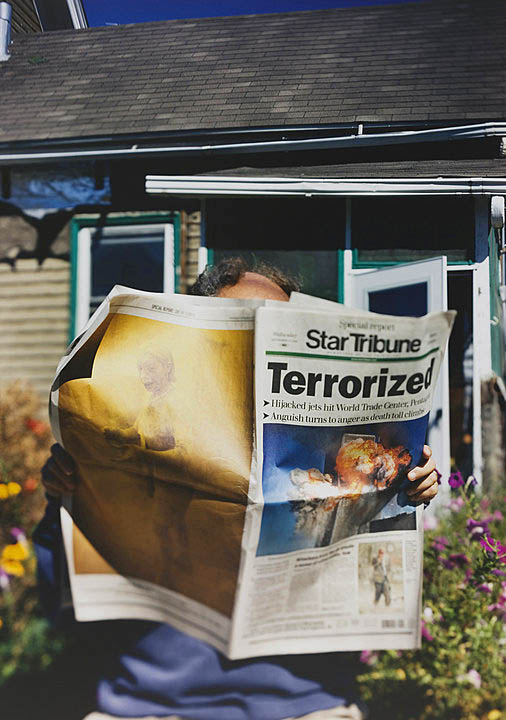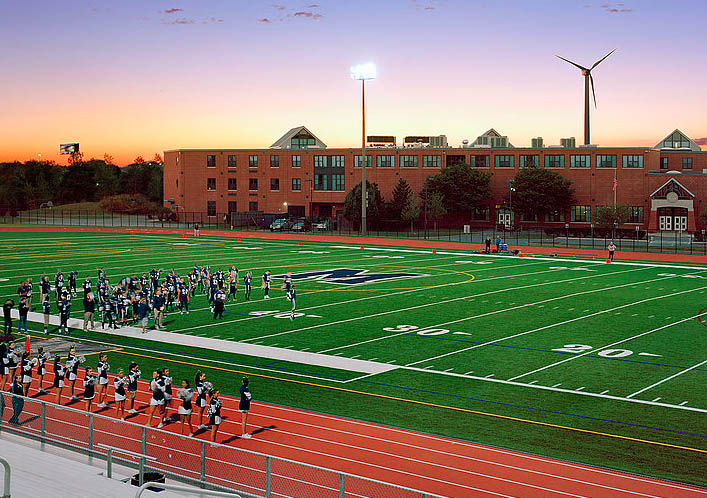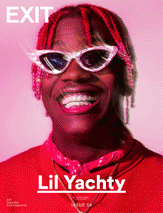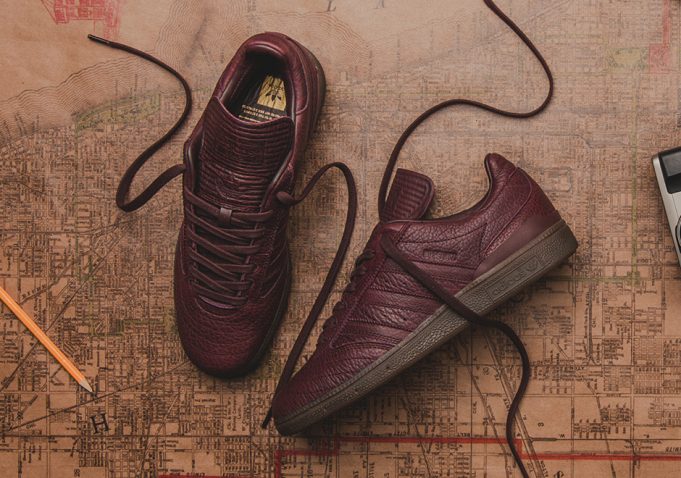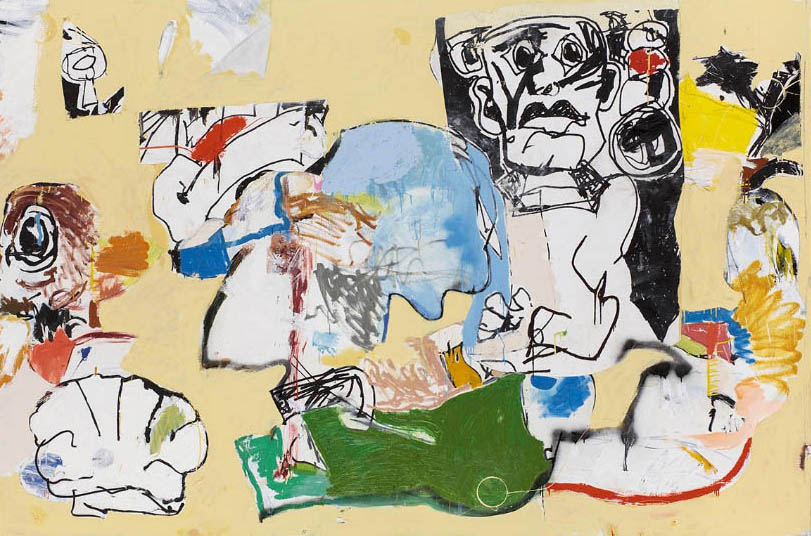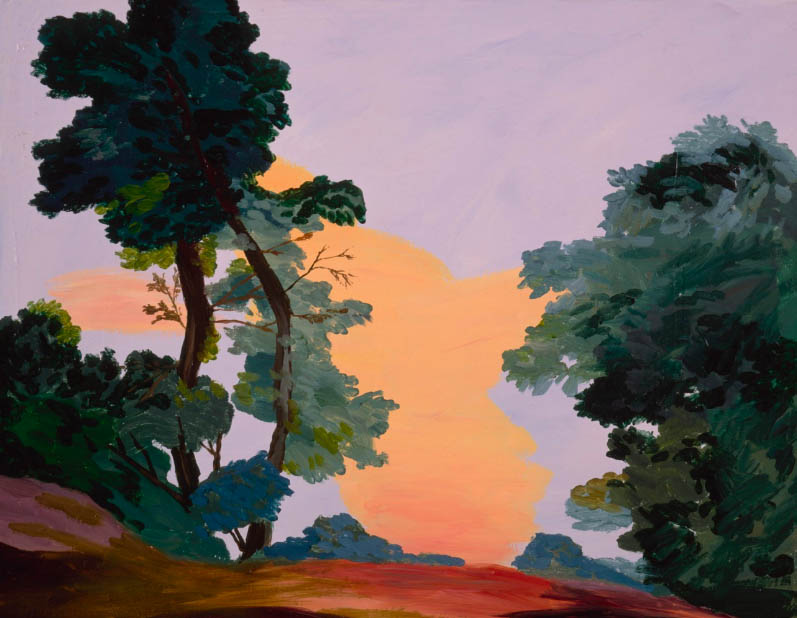SPEECH
2017-04-17Speech is an ensemble of photographs by Diane Arbus, Richard Avedon, Hal Fischer, Robert Frank, Lee Friedlander, Jim Goldberg, David Goldblatt, Hai Bo, Gregory Halpern, Peter Hujar, Josef Koudelka, Danny Lyon, Duane Michals, Irvin Penn, Lucas Samaras, Larry Sultan, JoAnn Verburg, Garry Winogrand, Zhang Huan, and others. To speak freely is a creative act. Without our bodies or instruments, we have only our voices to express invention. The protection of free speech, written into the DNA of our country, enshrines perhaps the most basic and cherished creative outlet we have. In celebration of a long, proud history of making our voices heard, Speech explores the photographic tradition of documenting our oratory and expressive moments. Just as a whisper may resonate with equal or greater power as words spoken through a megaphone, a photograph taken candidly in passing may capture a higher truth or poetry than a magazine cover. All represent a right too often forgotten and too seldom exercised. Not lost on each of the artists shown here, photographs have a unique ability to convey, both quickly and with replicability, ideas and beauty that might otherwise get lost. Speech reminds us of the beauty of one of civilization’s best ideas.
Opposite – JoAnn Verburg, Terrorized, 2006
Exhibition runs through to April 29th, 2017
Pace/MacGill Gallery
32 East 57th St
New York
NY 10022
